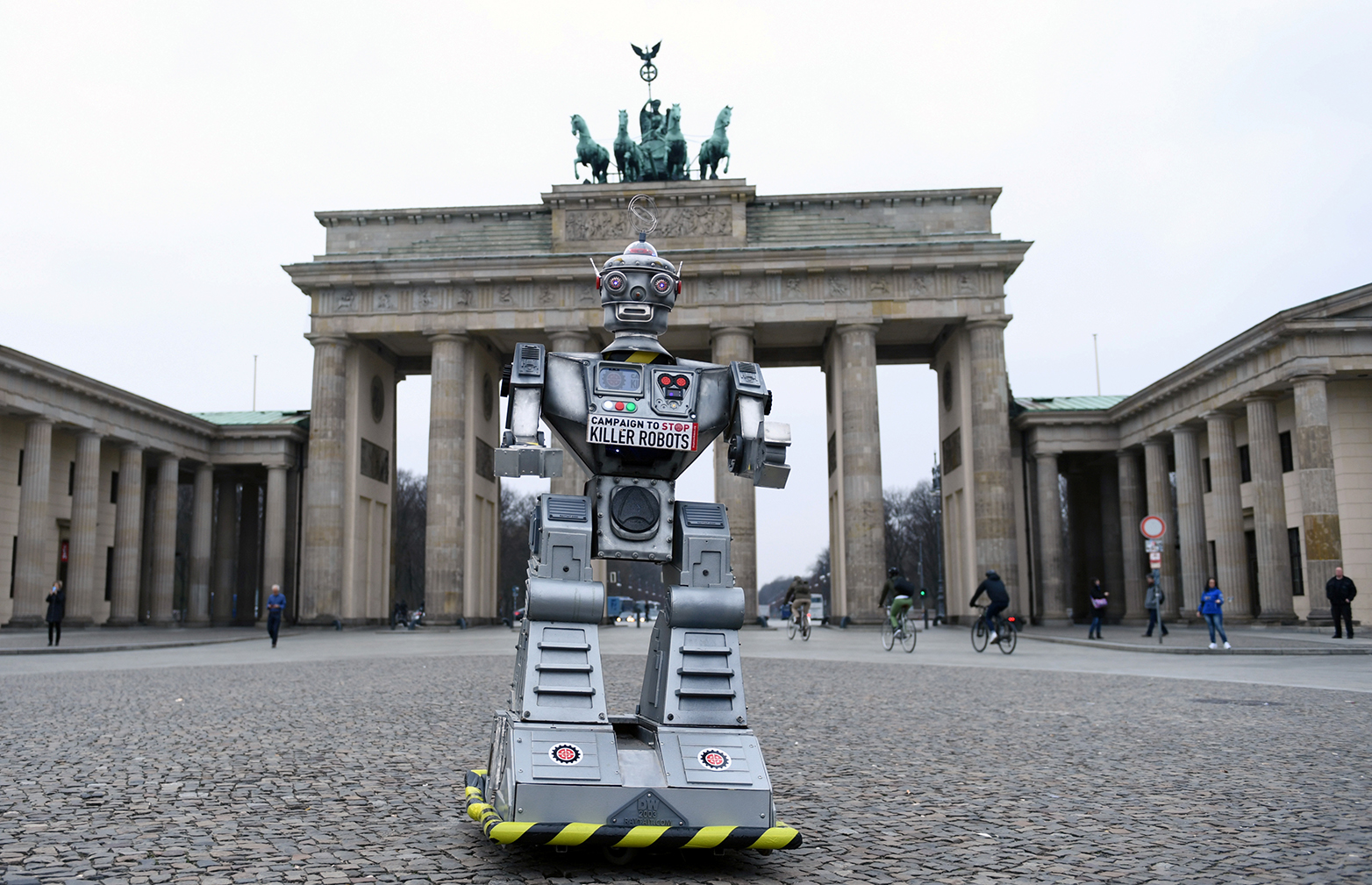From Robots to Warbots: Reality Meets Science Fiction
The ongoing robotization of armed forces raises concerns about the desirability of autonomous systems with lethal capacity. In contrast, unarmed military robots have already improved and supplied capabilities unconstrained by human physical limitations. But despite the long-term efforts to develop fully autonomous systems, no military robot can lift the fog of war, argues Dominika Kunertova in this CSS Analysis.

The 1920 play “R.U.R.” by Czech writer Karel Čapek introduced the term “robot”, derived from the word robota, meaning labor or servitude. Echoing Mary Shelley’s novel Frankenstein from one century earlier, Čapek’s dystopian story about mass production, dictatorships, and post-human beings depicted robots not as mechanical devices but as artificial biological anthropoid organisms that can eventually develop self-awareness and experience human emotions. In contrast, today, robots are widely understood as unmanned machines with a certain degree of automation and, increasingly, autonomy (see Box).